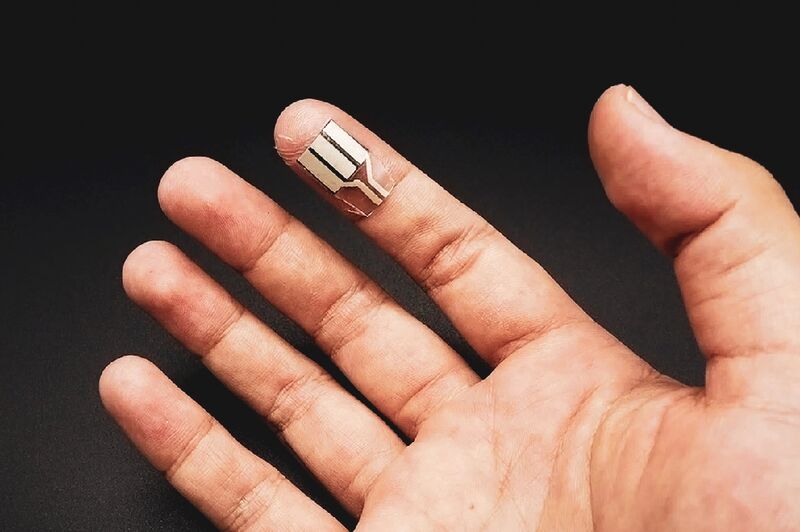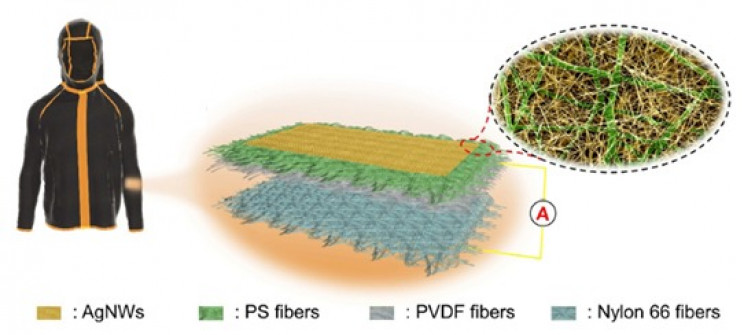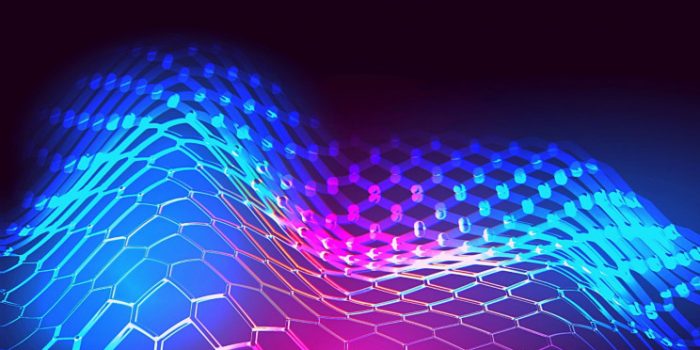Scientists have recently come up with a unique triboelectric fabric that can produce energy from body movements while maintaining the wearability of modern clothing, according to a new study published in the journal Nano Energy. It can only power LED lights and calculators right now, but it’s a step forward into future wearable devices.
Triboelectric nano-generators (TENGs) are the advanced technology used in the fabric. The significant advancement has overcome the most prevalent challenges of wearable charging devices: a great deal of discomfort, a total absence of breathability, and stiffness.

Therefore, a group of researchers created a new multilayered TENG with electrospun fibers. Nanowires and a polystyrene charge storage layer are added to the triboelectric nano-generators to avoid power loss. As a result, both the electrical performance and the wearability of the device are being improved. The triboelectric effect is considered crucial to this technology. As a result, TENGs use this effect to convert mechanical force into usable electrical energy.
“The compactness of TENGs allows them to be used as wearable devices that can harness the motion of the body to power electronics,” read a press release. “Being wearables, the emphasis is placed on the fabric properties (such as the comfort of the material) and the charge-carrying capacity of the nano-generators.”
The materials used in nano-generators are generally non-toxic and safe to wear. Electrospun fibers can be used in wearable applications because they are strong, light, and have valuable electrical properties. Furthermore, the researchers used electrospun fibers, which can improve the material’s electrostatic and charge-capturing abilities.

In search of a possible answer, researchers from Nanjing University in China and Fukui in Japan created an all-fibrous composite layer TENG (AF-TENG) that effortlessly combines with regular fabric.
“With our work, we are aiming to provide a new point of view towards wearable energy harvesters and smart textiles,” said Hiroaki Sakamoto, the study’s corresponding author.
Two layers of electrospun fibers make up the AF-TENG. The first is nylon, and the second is polyvinylidene fluoride (PVDF). Silver nanowires protect the two layers, which are improved by electrospun polystyrene sandwiched between the triboelectric membrane and the silver nanowires. While wearing the membrane, the mechanical motion of the body causes the triboelectric layers to charge.
“This way, the mechanical energy is converted into electrical energy, which can be used to power electronic devices,” added the release.

In most triboelectric-based devices, the material loses charge, lowering the efficiency of the nano-generator. The polystyrene membrane, on the other hand, allows the device to collect and “trap” the charge while maintaining its charge density. The researchers used the AF-TENG to power 136 commercial-grade LEDs (each 0.06 Watts) in the study to demonstrate the effectiveness of the nano-generator.
“This device shows great potential in harvesting the static electricity from our clothes,” said Sakamoto in the release.
LEDs and other low-power devices are currently at the top of this list. However, this new technology, on the other hand, represents a significant step forward in developing wearable applications, with the ability to power more sophisticated devices in the future.


